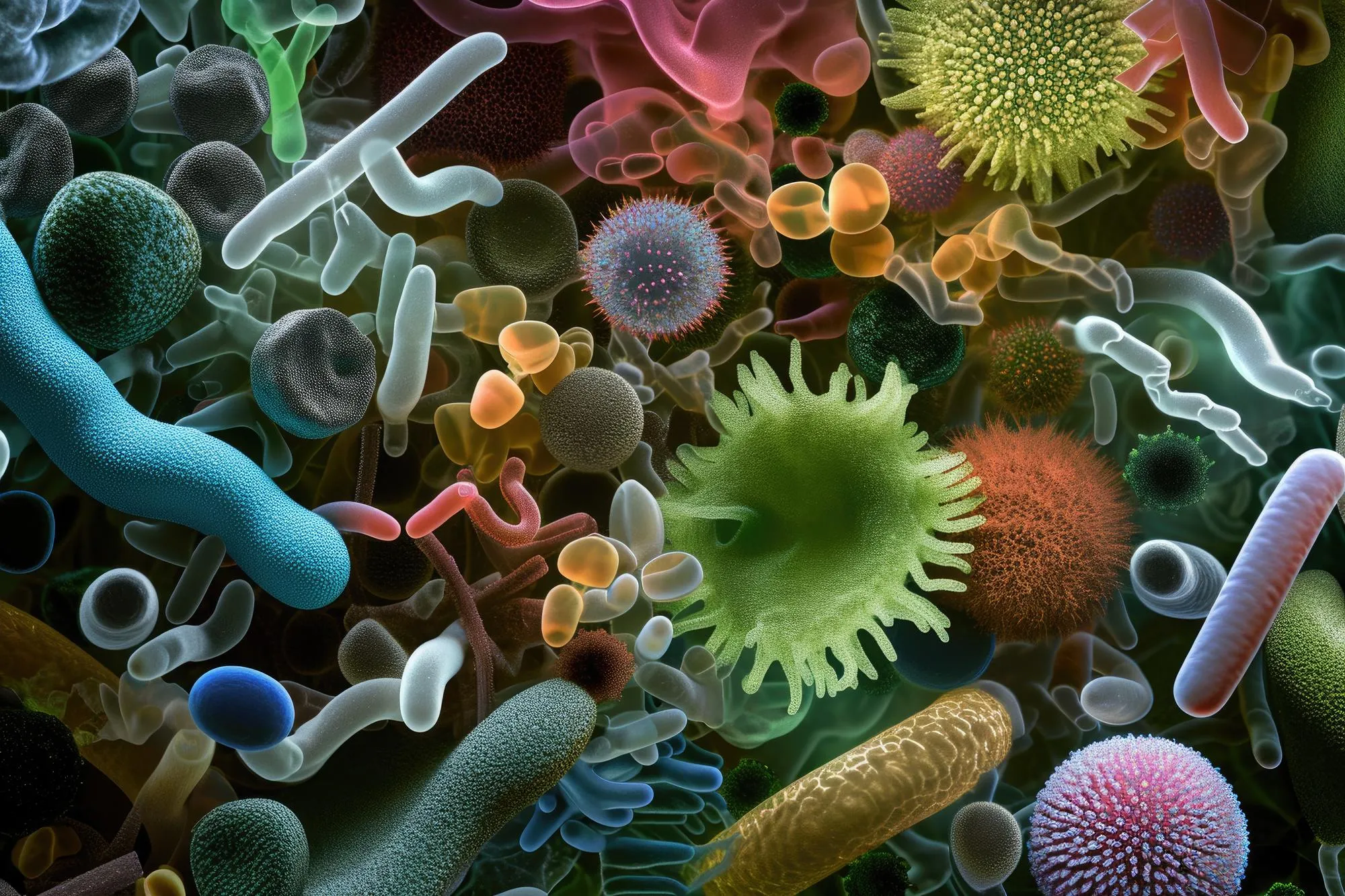Exploring the Wonders of Extremophile Bacteria for Environmental Remediation
In a groundbreaking study published on January 18, 2024, in the journal Chemosphere, a team led by scientists from Kaohsiung Medical University, Taiwan, have highlighted the remarkable abilities of certain marine bacteria to withstand and neutralize the toxic effects of heavy metals. This research, supported by the DOI 10.1016/j.chemosphere.2024.141170, offers promising new avenues for environmental biotechnology focused on mitigating heavy metal pollution.
Discovering the Potential of Hydrothermal Vent Microbes
Hydrothermal vents, known for their inhospitable conditions, are home to robust microbial life forms, including the Exiguobacterium aquaticum, Mammaliicoccus sciuri, Micrococcus luteus, and Jeotgalicoccus huakuii. The study focused on these four strains and their striking ability to produce exopolysaccharides (EPS) that can bind to heavy metals like arsenic (As), cadmium (Cd), chromium (Cr), copper (Cu), cobalt (Co), lead (Pb), and nickel (Ni), mitigating their toxicological impact.
The scientists found that when exposed to these heavy metals, the bacteria not only survived but thrived, ramping up the production of EPS. These naturally occurring polymers exhibit a high affinity for various heavy metals, effectively ‘mopping’ them up from the environment—posing a potentially sustainable solution for bioremediation efforts.
Impressive Results: Bacterial Biosorption in Action
The research yielded impressive numbers: E. aquaticum displayed an 83% removal efficiency for As, M. sciuri excelled at Cd removal with 95% efficiency, M. luteus engulfed 94% of Cu, and J. huakuii efficiently tackled Ni with an 89% success rate. These bacteria and their EPS demonstrated not only tolerance but also a remarkable ability to attract and trap heavy metals from aqueous solutions.
Quantitative results from the study include the EPS yield increase when optimally grown in a medium containing 1% Xylose and 1% NaCl at pH 7. Another significant finding was the augmented free radical scavenging capability of EPS, indicating a synergistic effect enhancing its antioxidant activity—valuable traits for any potential biotechnological applications.
Advanced Techniques Unveil Biosorption Mechanics
The researchers employed sophisticated analytical tools to dissect the mechanisms underpinning these phenomena. Scanning Electron Microscopy (SEM) with Energy Dispersive X-ray (EDX) analysis and Confocal Laser Scanning Microscopy (CLSM) unveiled how EPS production and bacterial growth patterns were influenced by the presence of metal ions.
Fourier-transform infrared (FT-IR) spectroscopy further confirmed the physical interaction between EPS and metals by revealing the shift of functional group peaks before and after metal adsorption. This kind of molecular blueprint could be instrumental in designing targeted bioremediation strategies.
Maximizing Metal Removal: The Power of Optimization
An exciting aspect of the study was the role of pH in enhancing metal removal efficiency. At pH 5 and after 60 minutes of contact time, the metal removal efficiency and adsorption capacity saw significant improvements. Adsorption isotherm models, namely Langmuir and Freundlich, were also scrutinized to understand the EPS-metal interactions better, with the Langmuir model proving to be more fitting, suggesting monolayer adsorption on a homogenous surface.
The maximum adsorption capacities as per Langmuir isotherm were identified, with impressive figures such as 34.65 mg/g for As and 58.38 mg/g for Ni, making these bacterial EPS promising candidates for application in bioremediation technologies.
Implications and Future Directions
The implications of this study are vast and could trigger a revolution in how we tackle heavy metal pollution. From wastewater treatment to cleaning up contaminated soils, the potential applications are vast. The findings direct us towards a future where biotechnological solutions derived from the extremophiles of our oceans lead the charge in environmental restoration.
Ensuring Research Integrity and Ethics
The authors have disclosed that there are no competing financial interests or personal relationships that could have appeared to influence the work reported in this paper. This transparency reflects the ethical rigor expected in scientific research.
References
1. Ahamed, M., Johnthini, J., Dahms, H.-U., & Huang, Y. L. (2024). Heavy metal tolerance, and metal biosorption by exopolysaccharides produced by bacterial strains isolated from marine hydrothermal vents. Chemosphere, 351, 141170.
2. Das, N., Vimala, R., & Karthika, P. (2008). Biosorption of heavy metals–an overview. Indian Journal of Biotechnology, 7(2), 159-169.
3. Flemming, H.-C., & Wingender, J. (2010). The biofilm matrix. Nature Reviews Microbiology, 8(9), 623-633.
4. Gadd, G. M. (2009). Biosorption: critical review of scientific rationale, environmental importance and significance for pollution treatment. Journal of Chemical Technology & Biotechnology, 84(1), 13-28.
5. Volesky, B. (2007). Biosorption and me. Water Research, 41(18), 4017-4029.
Keywords
1. Heavy metal bioremediation
2. Marine bacteria biosorption
3. Exopolysaccharides heavy metal tolerance
4. Biotechnological solutions environmental remediation
5. Hydrothermal vent extremophiles
